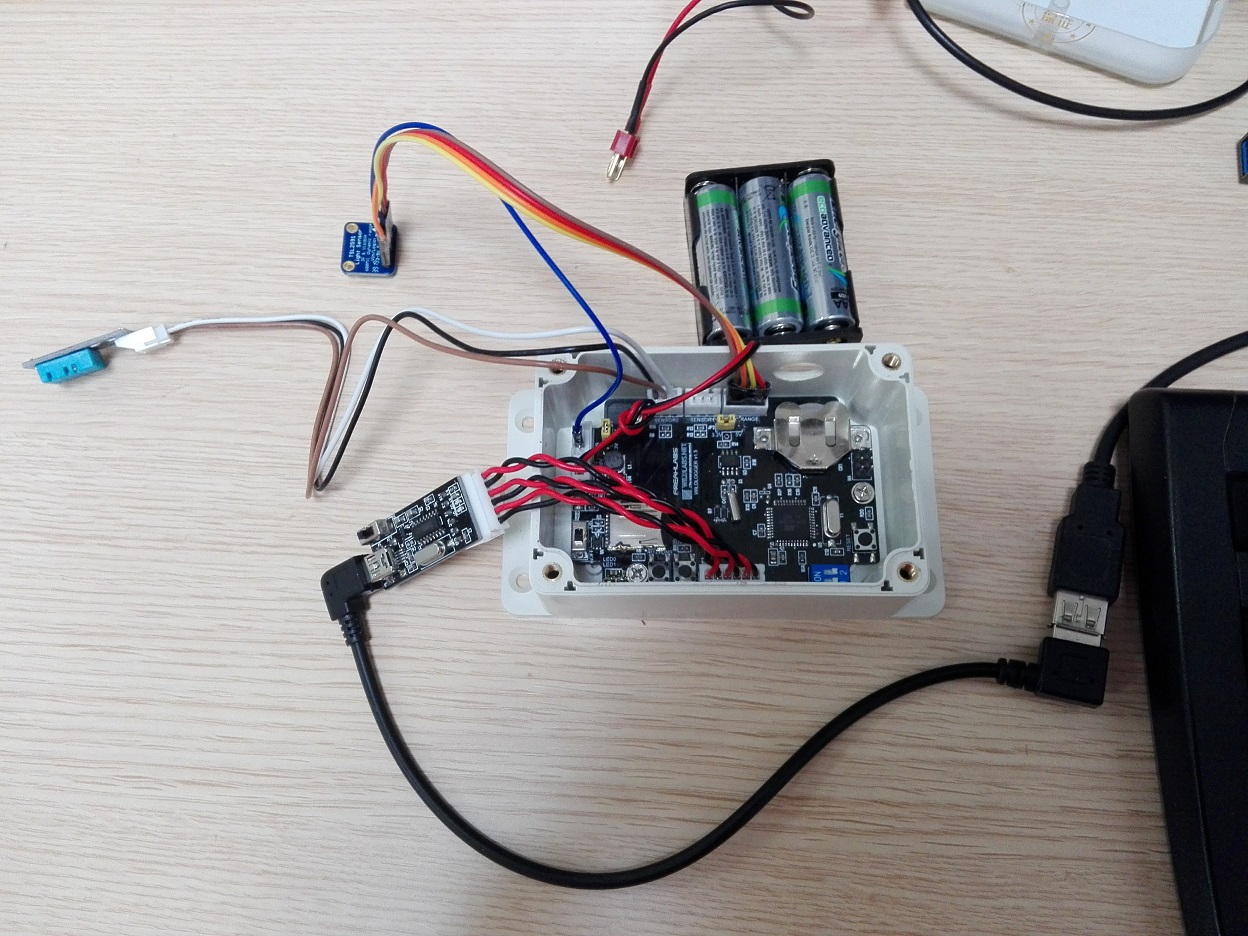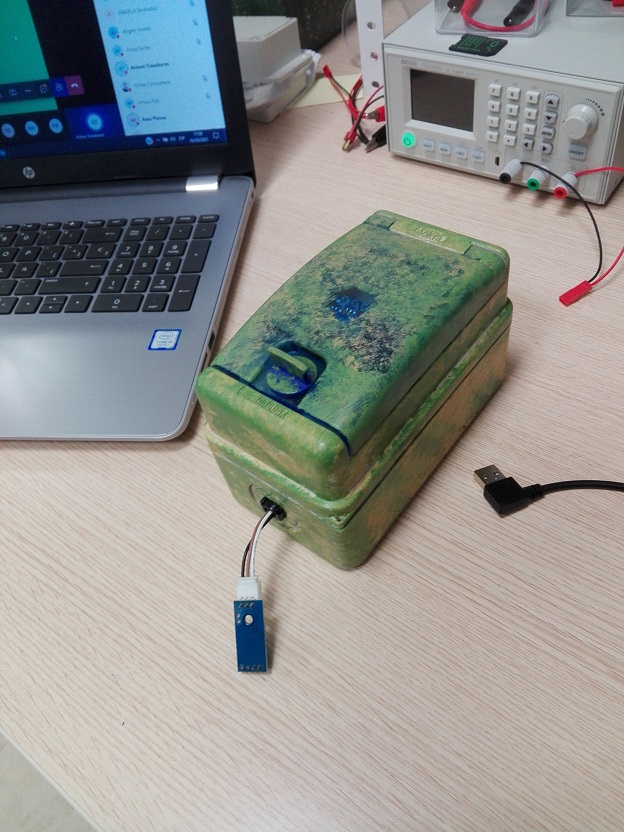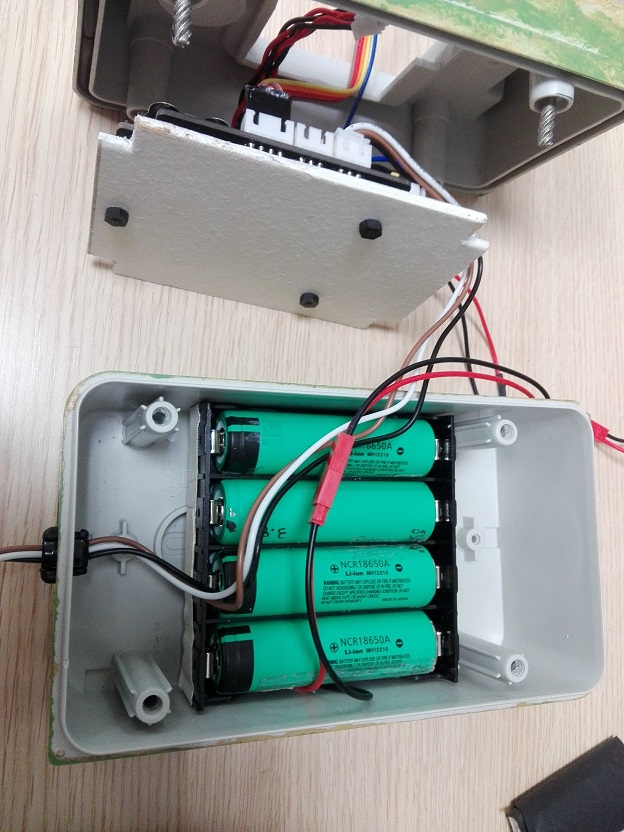Hi everyone,
Module 4 is now available! Please use this thread to ask any questions that pop up as you work your way through this module.
In Module 4, we tie together everything we’ve learned so far into a functional datalogger application. We’ll be implementing the temperature and humidity sensor, realtime clock, analog digital converter, SD cards, PIR motion sensor, and command line interface to implement a test version of our datalogger. We’ll then test it for functionality and check that we have things in the desired format.
In the second part of this module, we learn that everything fails and why it’s important to prepare for this. We’ll add additional safety checks to prevent what we can, diagnostic logs for documenting errors after the fact, and error codes which will be important for both fieldwork and forensic studies when a device fails in the field.
This module will be code heavy since we’re not introducing any new concepts, but integrating a lot of things together.
Happy building!
Steph
cc - @Freaklabs @JC
18 February 2021 6:57am
Hello everyone !
The last two videos you submitted have been fascinating. I love your way of posing the project, the order in the code, the checking routines that you have thought, and now I see the great possibilities offered by the use of the command line library. It occurs to me that it could be very interesting to use a bluetooth module to connect the mobile wirelessly, with a serial port app, and to be able to modify settings or access the SD card from a mobile device. Could a bluetooth service compromise the low power requirements that are needed?
I am already in the prototyping phase, I am implementing the improvements that you are contributing in your videos and I am looking forward to you reaching the use of the lowpower library, in order to further reduce consumption
I send you some photos of the cake that I am cooking
Thank you very much for making access to this technology so easy!


18 February 2021 8:51am
Hi JAL.
Thanks for the kind words! We try to approach the course as methodically as possible so we could build towards the final application. The thing about field deployable devices is that there are quite a lot of things to think about. Not just technology, but also connectors, cabling, enclosures, etc. Ha ha ha.
In regards to adding Bluetooth Low Energy, the power consumption is basically dependent on how you handle the power management and also how much power the module (or chip) uses in it's deepest low power state. That will be in the next module in the course, although it's quite a broad topic. Otherwise, I haven't tried Bluetooth serial command line before but it sounds fascinating.
Also I really like your project and am enjoying the pics. I'm curious how it will eventually end up. Jacinta and I are both really happy you are enjoying the course.
Stay tuned because I think we're just getting into the interesting stuff :)
Akiba
5 March 2021 11:20am
Hi everyone !
I send you the last photos of my project! ..., and I encourage you to send yours!
Regards,







6 March 2021 1:17am
Hi JAL.
Oh, it looks great! I like the enclosure, too. I think you have more than enoug juice to power the device for a year. Ha ha ha. Although it's still upcoming, the low power mode will mean the total current draw of the Wildlogger with an SD card and DHT11 would be around 0.6mA if I'm not mistaken.
Thanks for starting this thread. I'm also interested in how other people will use the Wildlogger. When this is over, we'll have other short articles or videos on different applications you can do with it.
Good luck with the cave logging! Please keep us updated on how it goes :)
Akiba












Jose Luis Albarracin de la Torre